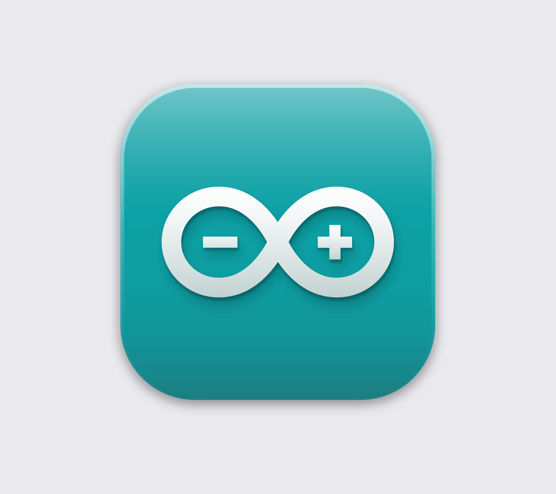What is a Buffered Output LOW from an I2C Buffer?
An buffered low output is used in bi-directional buffers like I2C. This helps the buffer re-drive with locking up by re-driving its own input.
What is Ohm’s Law?
Ohm’s Law is the bread and butter of electrical engineering. A simple but powerful equation, it is used to solve so many engineering problems in the electrical world.
Electrical Engineering - Do you need a College Degree?
Electrical Engineering - Do you need a college degree? Yes. You probably will need one, because every company wants to see you graduated from a real program. What sets you apart is what you can do however.
How to Calculate Series Resistance for an LED
Calculate the series resistance to limit the current through a LED (light emitting diode). This is an essential practice so that the LED does not burn up.
What is Arduino?
Arduino is an Italian based company that creates several microcontroller units for a variety of applications in the industrial and maker space.
What is Push-Pull Circuit Topology?
Push-Pull topology is an addition to the open-drain circuit. It adds a pFET like driver towards VCC instead of using a pull-up resistor for high logic. Push-pull is used in most protocol PHY’s that require higher data rates.
What is SPI?
SPI - Serial Peripheral Interface, is used in many applications in the electrical engineering space from motor drivers to IO expansion. SPI has many capabilities, and is a robust protocol for full-duplex communication.
What is a Controller and Target in an I2C Bus?
I2C Controllers and I2C targets are the most basic building blocks of an I2C system. These are generalized terms in the standard that replace “master” and “slave” terminology. Controllers and targets have specific functions some of which are highlighted here.
Why PCAL6524 is a Widely Capable IO Expander
PCAL6524 from NXP is a low voltage translating 24-bit FM+ I2Cbus/SMBus IO expander with Agile IO features, external interrupt and reset
How to Write and Read Registers within TCAL6416 IO Expander
TCAL6416 I2C IO Expander from Texas Instruments. This post uncovers the nuances of writing and reading I2C to a target such as this IO expander.
The SPI Resource Guide
The Serial Peripheral Interface (SPI) is a commonly used protocol in electrical systems for a variety of applications. This blog post will serve as a resource guide to good articles, app notes, and IC’s that use the SPI protocol.
What is the Purpose of Open-Drain Interrupts?
What is the purpose of open-drain interrupts? Open-drain interrupts are used to communicate some type of indicator or flag back to the MCU. It signals the brains of system that something has happened to one or more peripheral devices in a design.
What is VIH / VIL / VOH / VOL?
Input high voltage, input low voltage, output high voltage, output low voltage. Why do these terms matter, and how to design electrical systems with this electrical characteristics in mind.
Arduino - How to Use Photo Resistors
A photo resistor is a sensor that changes resistance when exposed to light. Learn how to code an Arduino using this sensor.
The I2C Resource Guide
This post contains links to various topics for I2C and is updated when new and valuable I2C resources are posted to the internet.
What Does the “R” Mean in TCAL6416R?
What does TCAL6416R mean? What is the difference between TCAL6416 and TCAL6416R? Why does a sticky reset matter?
Arduino - Example Code for Setting Up I2C Writes and Reads
This is a generic coding example of setting up an Arduino to write and read I2C
I2C Controlled Switches - How to use TCA9548A
I2C controlled switches are used in various applications for same I2C address conflicts, separating bus capacitance, and data flow control.
Features of TCAL6416 I2C GPIO Expander
Texas Instruments TCAL6416 I2C IO Expander is a widely capable device with several features useful for various electrical systems involving IO shortages.



















